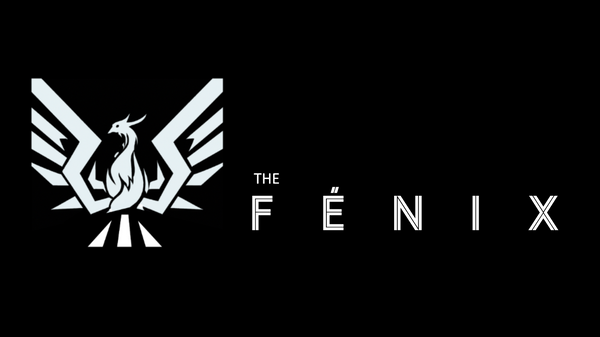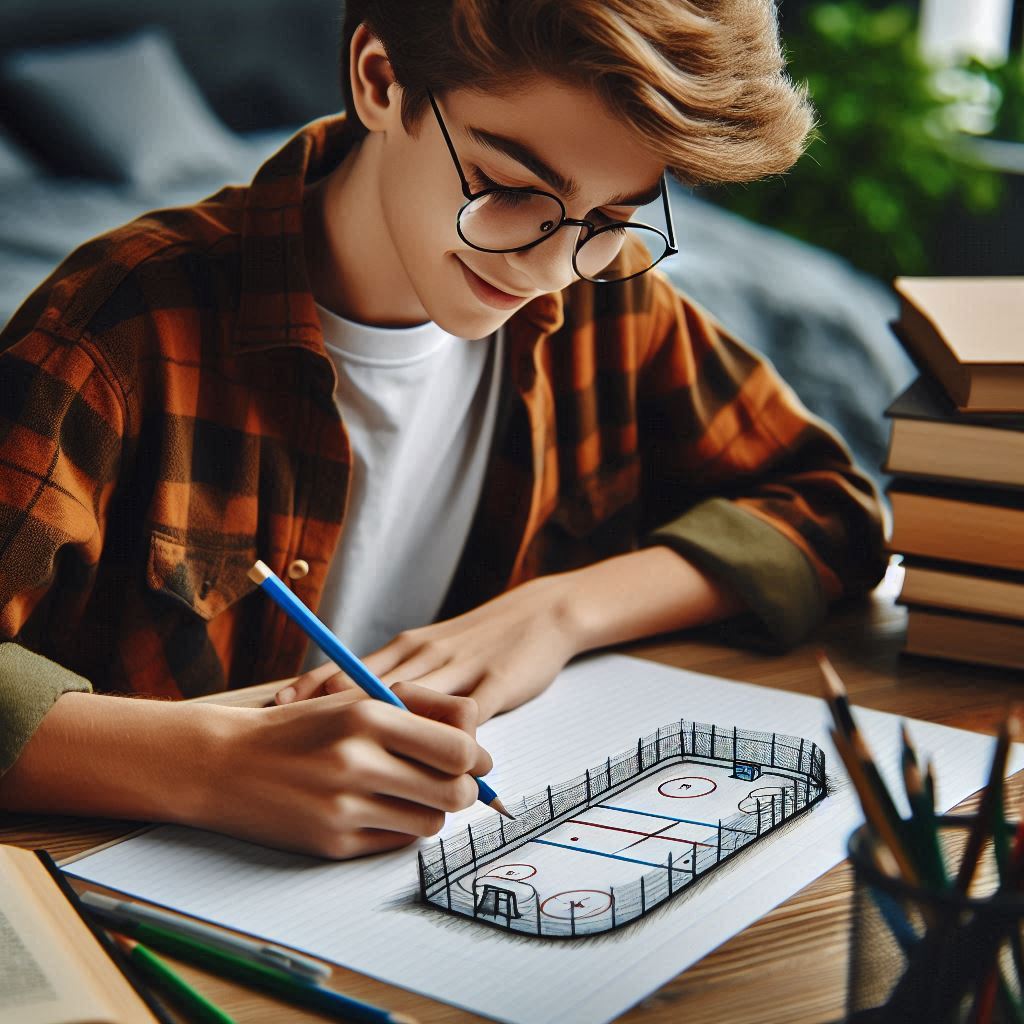In the previous post I explained that I have changed from being a thoroughness-focused coach to an inspiration-first coach (to be fair, old habits die hard and I am probably not as much of an inspiration-first coach as I'd like to be, yet). I also defended the reasoning behind being a thoroughness-focused coach. What was wrong with that reasoning and how has my new understanding caused me to change my mind?
Let's look at an example to get a handle on this. Baseball pitchers learn not just one great pitch, but instead, a set of pitches. They then use the variety in that set to ensure batters cannot predict what will be coming. Pitchers can keep some unpredictability just by varying the location of their pitch, but varying the speed and the movement are further ways to ensure that pitchers maintain the advantage.

Can pitching in baseball help us understand coaching approaches for hockey?
However, making the ball do something different from pitch to pitch involves the pitcher moving their body slightly differently. Batters can pick up on this. If this difference in body motion is extreme enough, the batter knows before the ball leaves the pitcher's hand what sort of pitch is coming. The pitcher loses their advantage. So, pitchers not only work to ensure each pitch is good in its own right, but they also work to make the body mechanics of each look very much the same so as to be unpredictable.
I am not a baseball coach, but I imagine a thoroughness approach would involve trying to build that similarity among pitches in early. Doing that would help to ensure it won't become a major project later to rework all the pitches to they look similar.

They say hitting a baseball in the majors is about as hard of a thing to do as there is in sports. Batters have tiny fractions of a second after the ball leaves the pitcher's hand to decide if they should swing and if so, where they ball will be. Pitchers make this as difficult as they can by making it hard to tell what the ball will do.
That example really was intended to lead into a hockey example, in this case the puckhandling technique that is the front fake. In a front fake, the player is controlling the puck in front of them, typically just a bit over to the forehand side of their body. They make a quick sharp movement of the puck toward the backhand side before then reaching across with the stick to redirect the puck and make it move back over to the forehand side. A further key is critical in the front fake and that is that this final puck movement should be very large such that the puck winds up extended way out wide (protecting the puck from the defender that has just been "faked out").
What I just described is only one type of front fake, the forehand version. This is the easy version. And when first learning, skaters find it very tempting to default to this easy version. Players who get really good at this forehand version will start to use it somewhat automatically in game situations that warrant it. This will make them predictable.
Here's where the thoroughness approach comes in. The thoroughness approach would seek to counter this phenomenon where the player becomes predictable by trying to place equal attention on both the forehand version and the backhand version from the start. By getting lots of reps of both we can avoid creating a default that skaters do almost reflexively and instead allows skaters mix it up and be unpredictable.
Here's the problem. What if the kid learning this is only kind-of into hockey? What if they don't have a lot of confidence handling the puck (or in other aspects of the game) and the main thing that is holding them back from being really into hockey is finding some part of the game where they can have success. If they could find some area that they could be confident in, they may, all of a sudden, be interested to really work at the game to build on that kernel of success.
And the forehand front fake is actually a great opportunity to create that for a skater. It is a fairly easy move to get a handle on and then ramp up to proficiency with. Once proficient, it is also very effective. Also, in reality, you have to work your way up to a pretty high level of the game before the opposition is sophisticated enough to reliably use your predictability against you. So, a younger skater who develops a good front fake does indeed gain a reliable tool to build their confidence as a player.
This won't work 100% of the time, but a young player can connect a new skill that they have learned to a much greater enjoyment of the game. Further, they can connect that skill learning to a better feeling about themselves thanks to their new confidence in their ability. This can push them to seek more skills that will do the same.
In other words, you can inspire them to become students of the game.

Now that is a "student of the game"!
Finally, what sorts of players would appreciate and buy in to the thoroughness approach described earlier? It is exactly those who have been inspired to eat skill coaching up and ask for more. So, a thoroughness approach isn't wrong, but it likely isn't the answer for players who aren't yet "inspired". As skills coaches, maybe we should seek these skills that can turn "kind-of-into-it hockey players" into "inspired players".
And, honestly, working with inspired players makes the job a lot easier!

When players are inspired to learn, that is coaching on Easy Mode!

